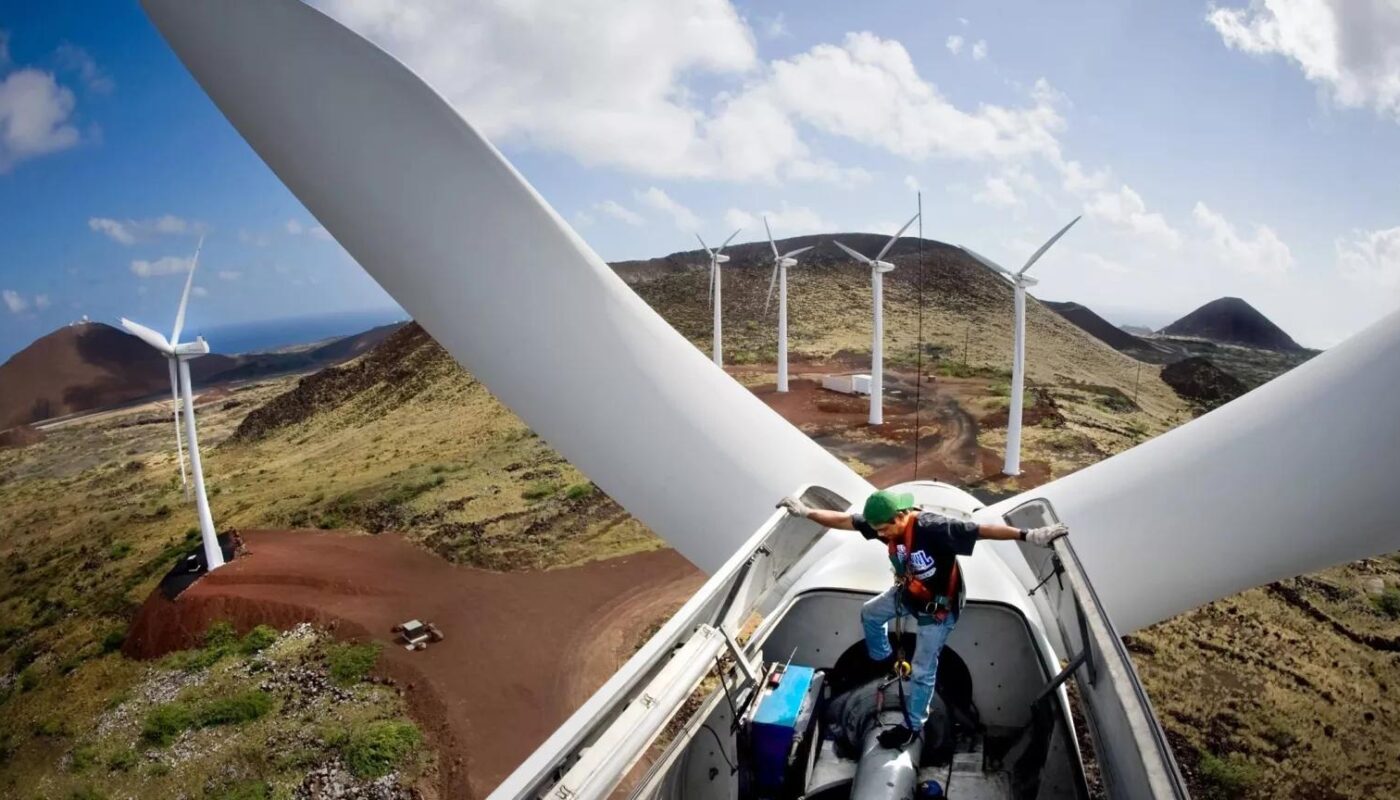As renewable energy technologies become more prevalent, wind turbines are playing an increasingly important role in power generation around the world. However, maintaining high operating uptime for wind farms requires careful oversight and maintenance.
Scheduled Maintenance and Inspections
All Wind Turbine Operations and Maintenance require periodic scheduled maintenance to ensure components are functioning properly and identify any issues early. A standard maintenance schedule involves inspecting turbines every 6-12 months depending on various factors like turbine size and location. Routine inspections check critical components like blades, gearboxes, generators, and control systems for signs of wear. Thermal imaging is also used to detect heat problems that could lead to failures. Any repairs or component replacements identified during inspections are performed during scheduled maintenance outages.
Unscheduled Maintenance for Component Failures
Despite best efforts, unexpected component failures do occur that require unscheduled maintenance responses. Common areas prone to failures include gearboxes, generators, and blades damaged by faults or extreme weather events. Addressing rapid component failures is important to minimize downtime. Operations and maintenance teams work to quickly diagnose issues, obtain replacement parts, and dispatch maintenance technicians to failed turbines for repairs. Having replacement components and spare parts strategically stocked nearby helps reduce repair times.
Remote Monitoring for Proactive Maintenance
Many modern wind turbine operation and maintenance utilize advanced remote monitoring systems consisting of sensors and software. These systems provide real-time turbine performance data that is analyzed for trends and anomalies. Remote monitoring allows potential issues to be identified proactively before causing failures. Conditions like excessive vibration, temperature variations, or faults can prompt maintenance teams to inspect or service components before a full breakdown occurs. This predictive approach aims to catch minor problems early when repairs are less extensive. Remote monitoring systems have helped increase turbine availability by facilitating more proactive maintenance planning.
Improving Access for Efficient Maintenance
As turbines increase in size, performing maintenance repairs high above the ground presents logistical challenges. Installation of permanent or temporary access platforms assists technicians in safely reaching turbine components high on towers and nacelles. Cranes are also vital equipment for replacing heavy gearboxes or generators. Ensuring adequate ground access and space to deploy cranes near turbines streamlines the maintenance process. Some innovative wind farm designs incorporate permanent elevator access inside turbine towers to easily move heavy components and crews. Improving access methods helps maximize efficiency of maintenance work performed high above the ground.
Blade Maintenance Challenges
Blades represent a significant maintenance concern due to their large surface area exposure to wind, rain, and extreme temperatures. Over time, blades accumulate defects from lightning strikes, erosion, and cracks. Advanced robotic inspection devices are used to closely examine blades for defects from the inside. Minor defects may only require cleaning or patching while more severe cracks could necessitate blade repair or replacement. The massive size of modern wind turbine blades pose unique challenges for maintenance and repair work. Some establishments even have special blade maintenance facilities to efficiently perform repairs.
Installing and Maintaining Larger, More Powerful Turbines
Wind turbine technology continues advancing towards larger, more powerful machines that maximize energy output. However, rising hub heights and longer blades increase operation and maintenance complexities.These modern turbines require specialized heavy-duty cranes and rigging equipment capable of handling heavier components at greater heights. Maintaining large fleets of multi-megawatt turbines requires significant investment in training, facilities, tools, and replacement parts inventories. While more efficient, larger wind turbines also have higher maintenance costs due to use of advanced technologies and materials in gearboxes, bearings, generators, hydraulics, and blades. Proper resource allocation is necessary to support efficient maintenance of these industrial-sized turbines over their 25 year lifespan.
Choosing Maintenance Strategies
Wind farm operators must select the optimal maintenance strategy to minimize long-term costs while maximizing turbine availability. Traditional time-based maintenance adheres to fixed schedules but may replace components prematurely. Condition-based maintenance instead prioritizes components showing wear based on monitoring data to replace only when needed.A hybrid approach incorporating condition monitoring with scheduled preventative maintenance verifies component health on a set calendar. The rising deployment of wind power worldwide will rely on continuous improvements and innovation across all aspects of wind turbine operations and maintenance to promote energy security and sustainability. Proper maintenance is essential to maximize efficiency from renewable wind resources over many decades of service.
Reliable energy production from wind requires diligent oversight and care of turbine components through scheduled inspections, rapid response to failures, predictive monitoring, efficient access methods, specialized blade maintenance, and strategic maintenance planning tailored for advanced technology machines. Continuous research and improvements across all stages of wind farm design, installation and operations help maximize energy output while minimizing lifecycle costs. Prioritizing innovative maintenance solutions supports the expanding global utilization of wind power as a clean, renewable energy alternative.
*Note:
1. Source: Coherent Market Insights, Public sources, Desk research
2. We have leveraged AI tools to mine information and compile it




